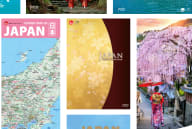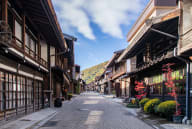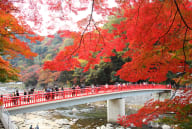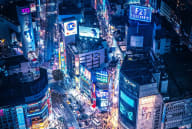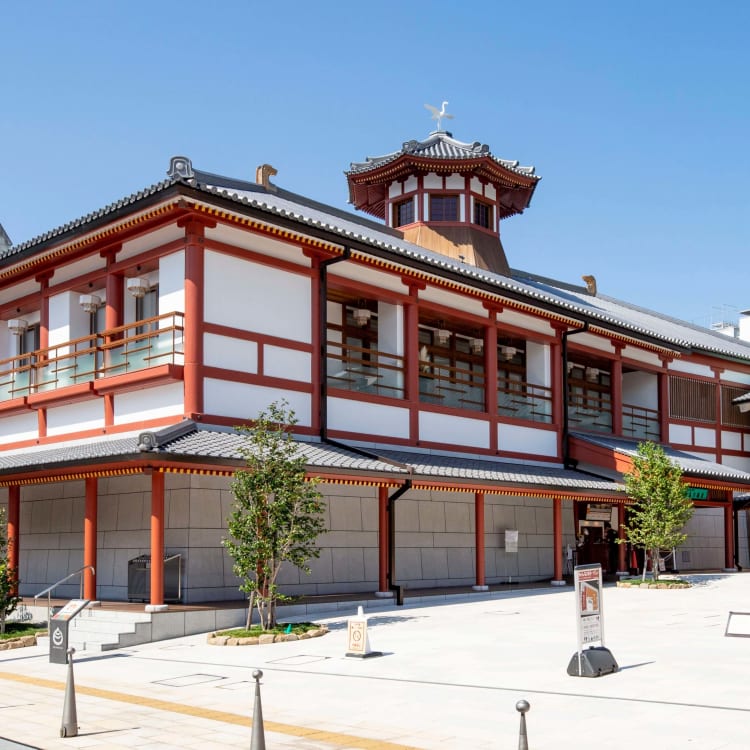
7 Real-life Locations in Japan that Inspired Ghibli Films
Studio Ghibli has become one of the most recognized names in the Japanese animated film industry, its works gaining massive popularity while captivating audiences across the globe. There are many places around the world that are considered to have inspired the director, Hayao Miyazaki, and Studio Ghibli in creating its works; in this article we will introduce real-life locations in Japan where you can visit and experience the world of Ghibli, as well as how to access them.
1. When Marnie Was There (Kushiro area, Hokkaido)
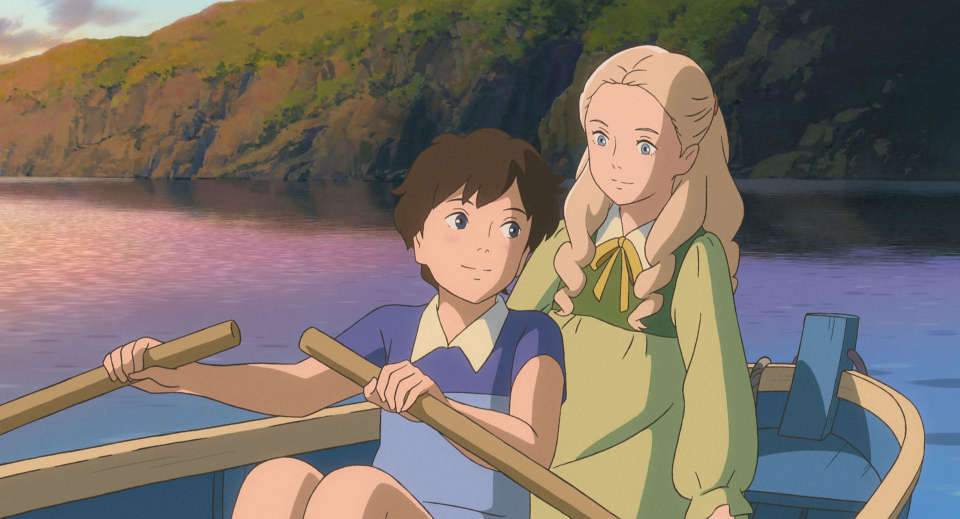
The movie follows the journey of Anna, a lonely young girl who is unable to open her heart to others because of her complicated background. She spends one summer with her relatives in a seaside town surrounded by nature, where she meets a mysterious girl, Marnie. The beautiful wetland area where they meet is said to be located in the Kushiro area of eastern Hokkaido. The scenic Kushiro Marsh is home to a wide array of plant and animal life, and is especially famous for Japan's iconic red-crowned crane, Tancho, a protected species. At the nearby Akan Lake Ainu Theater Ikor, you can experience the rich cultural heritage of the Ainu, Indigenous people of northern Japan, through traditional dance performances and hands-on activities.
How to get there: Flights to Kushiro Airport take about 1.5 hours from Haneda Airport, or 45 minutes from New Chitose Airport. It is recommended to rent a car when exploring the Kushiro area.
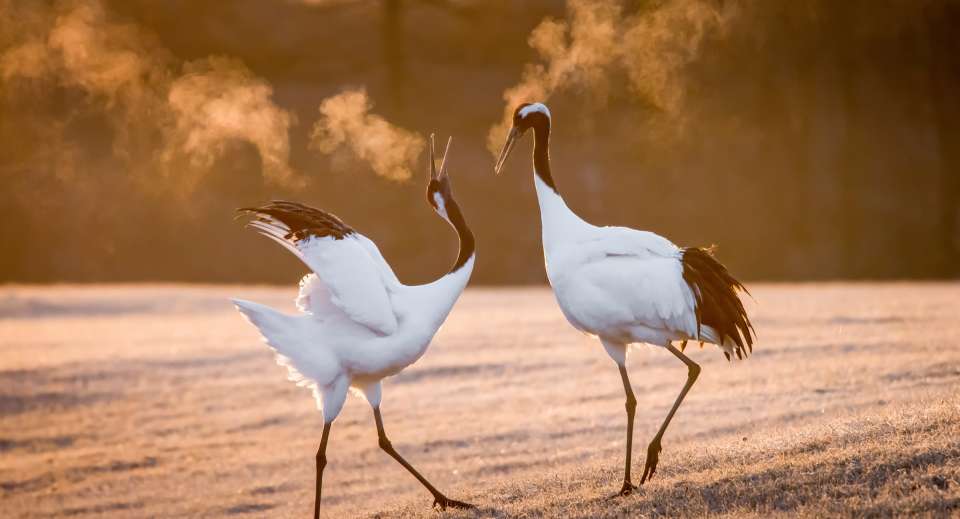
2. Whisper of the Heart (Tama area, Tokyo)
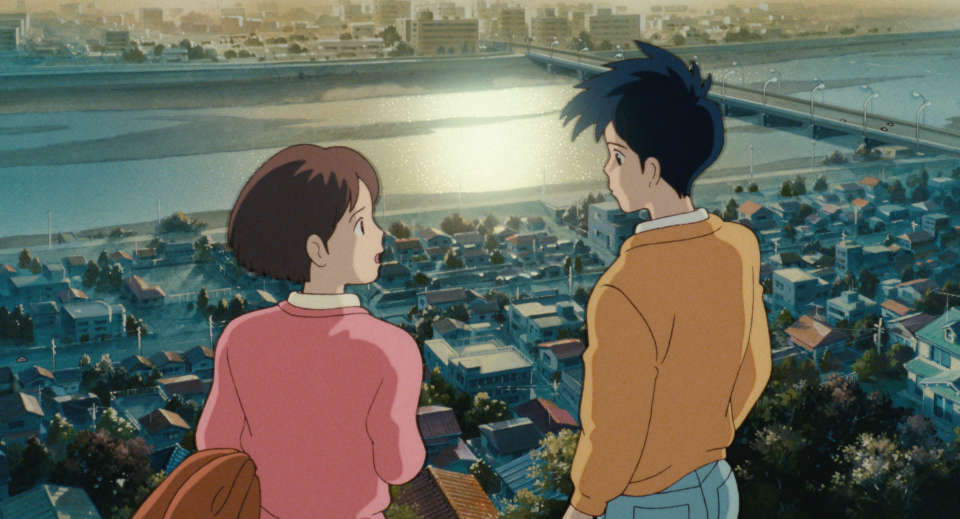
The film is set in Tama City in western Tokyo. One day Shizuku notices a large cat at the station, which she follows around the hilly town. It eventually leads her stumble upon an interesting antique shop, where encounters and inspiration ensue. There are several locations around Seiseki Sakuragaoka Station that look exactly like in the movie, and a film location map is even available at the station so that visitors can follow Shizuku’s path! Heading further west, you will find the Okutama area. While still in Tokyo, Okutama offers fun outdoor activities surrounded by lush mountains and beautiful lakes. It’s a perfect destination for a day trip from Tokyo.
How to get there: Seiseki Sakuragaoka Station is about 30 minutes away from Shinjuku Station by Keio Line.
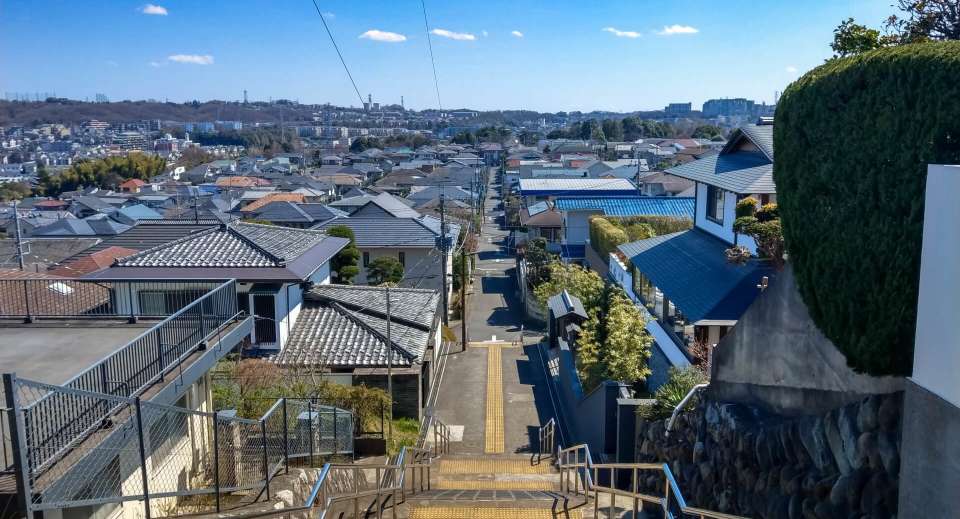
3. My Neighbor Totoro (Sayama Hills, Saitama Prefecture)
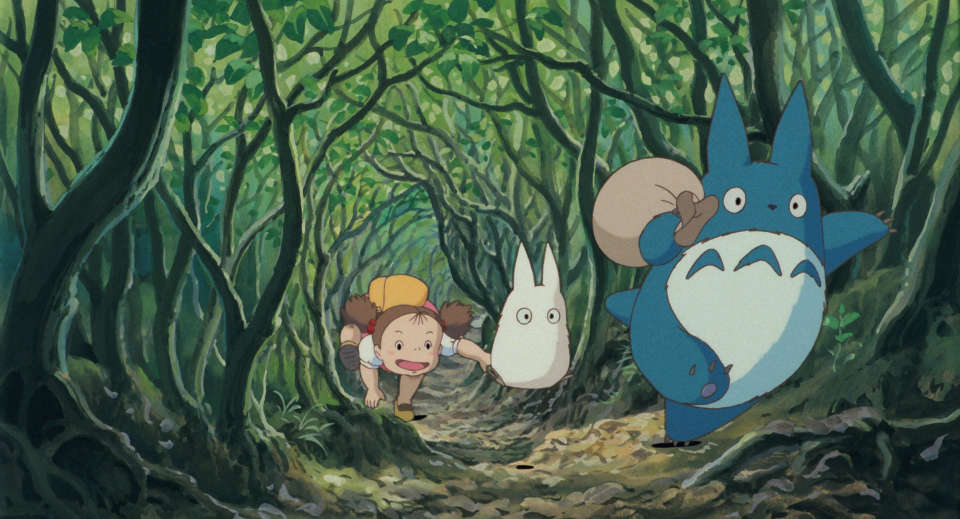
Needless to say, My Neighbor Totoro is one of the most popular Studio Ghibli movies – you may even have seen Totoro-shaped desserts here in Canada. Satsuki and her little sister Mei experience magical encounters with three creatures with rabbit-like ears in a lush green forest. Sayama Hills in western Tokorozawa, Saitama Prefecture is considered to be the inspiration for this classic movie’s setting, which is now called “Totoro’s Forest”. Rich in nature and tradition, Saitama Prefecture offers a lot of activities, including tea picking in Sayama – one of Japan’s three famous areas for tea production, alongside Uji and Shizuoka.
How to get there: As the forest stretches across a vast area, access routes vary depending on your destination. One of the closest train stations is Seibukyujo-mae Station, which is about 40 minutes away from Tokyo. You can take Seibu Ikebukuro Line from Ikebukuro Station and switch to Seibu Sayama Line at Nishi-Tokorozawa Station.
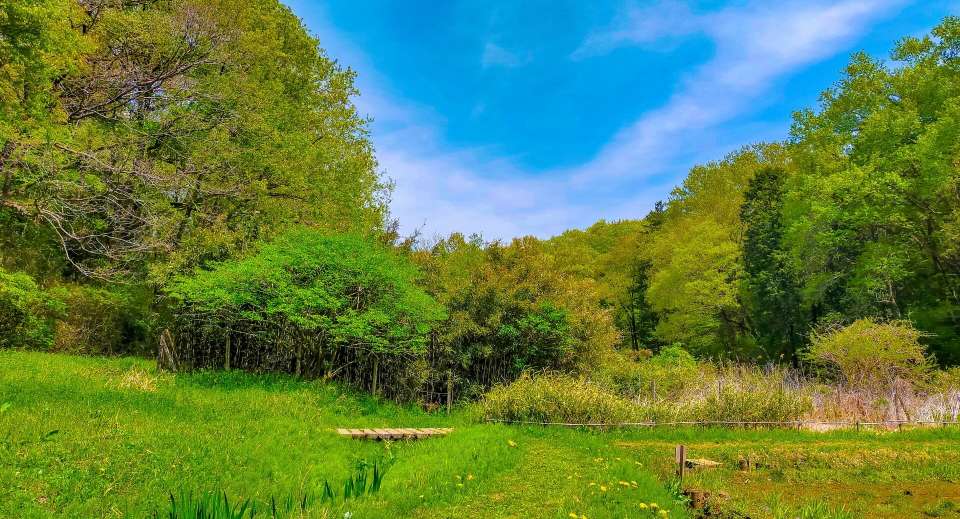
4. The Tale of The Princess Kaguya (Nara Prefecture)
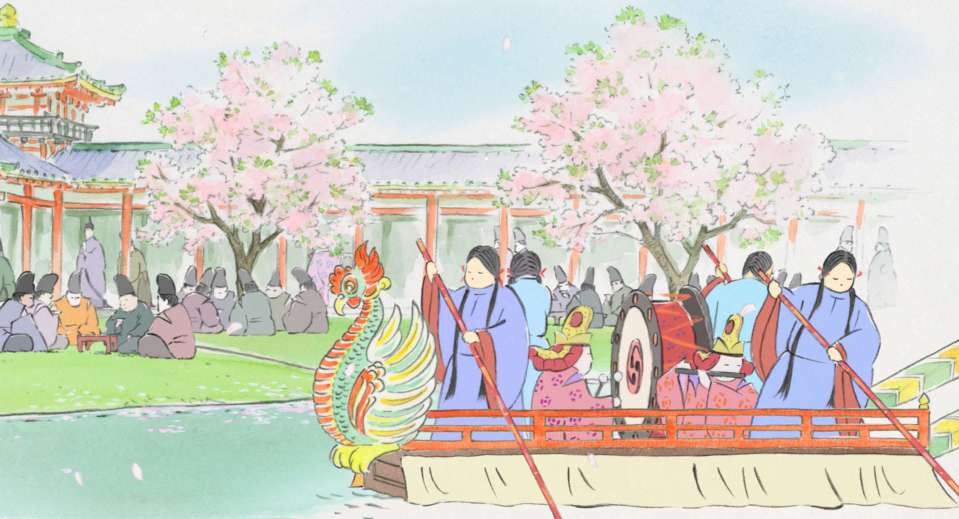
The story begins when a bamboo cutter discovers a palm-sized girl, Princess Kaguya, inside a glowing bamboo shoot. The cutter and his wife raise her as their own, eventually deciding to move to the capital to provide a more promising future for her. The story is based on a 10th century Japanese folktale that is said to have its roots in Nara Prefecture. Being the political and religious heart of ancient Japan, Nara has many shrines and temples, and is home to several World Heritage sites. The friendly deer at Nara Park are also not to be missed. Yoshino in southern Nara, a part of the sacred Kii mountain range, is known for its extraordinary display of about 30,000 cherry trees that burst into color from late March through April.
How to get there: It takes about 40 minutes on the Kintetsu Nara Line from Osaka-Namba Station, or about 50 minutes on the Kintetsu Kyoto Line from Kyoto Station to reach Nara Station.
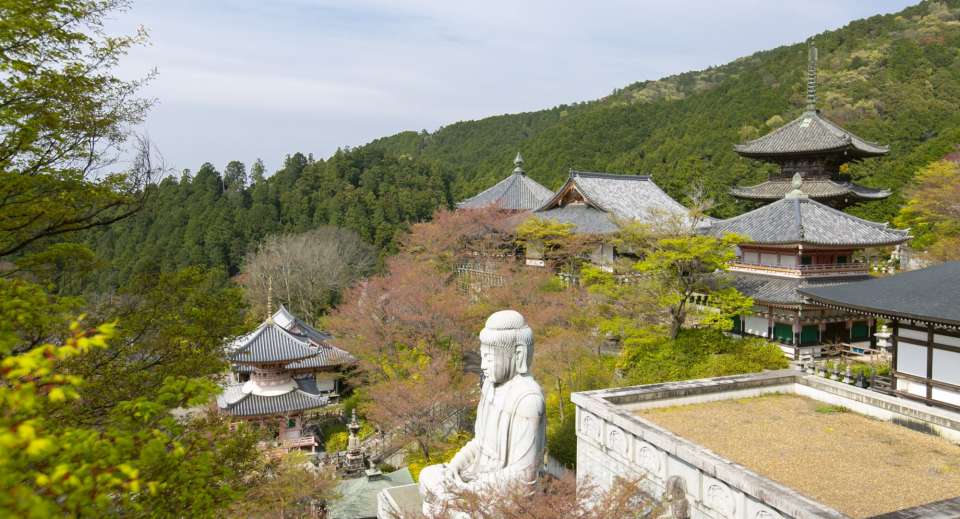
5. Ponyo (Tomonoura, Hiroshima Prefecture)
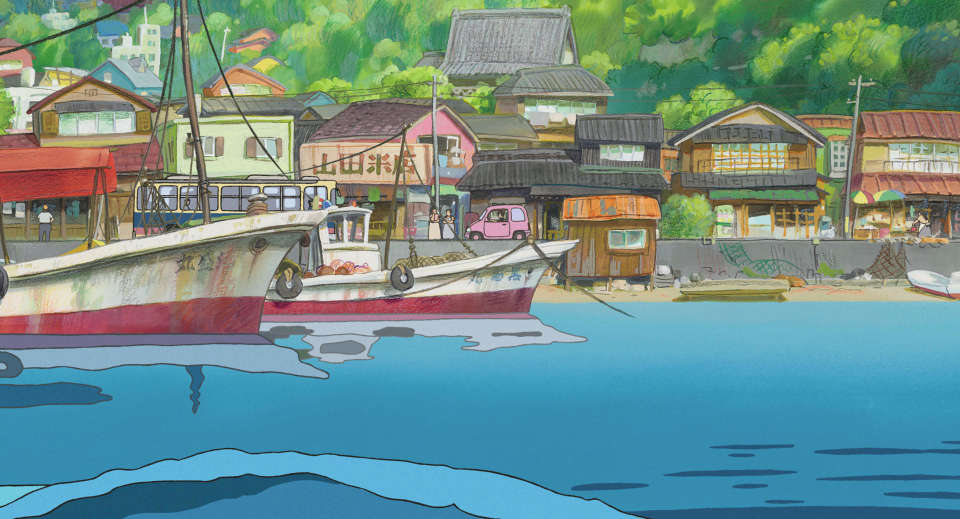
A young fish girl who drifts to the shore of a small fishing town in a glass bottle meets a 5-year-old human boy, Sosuke, who names her “Ponyo”. This old port town is modeled after Tomonoura in eastern Hiroshima, where Hayao Miyazaki himself had stayed for two months before the film’s production. The town boasts beautiful scenery, including its harbour full of small boats, which is centered by the iconic Joyato Lighthouse. Nearby, another picturesque port city of Onomichi was once a shipment hub for rice and international trade. Today, Onomichi is known as the starting point of the Shimanami Kaido, a popular cycling route that links the town to the island of Shikoku. The region offers scenic views of the Seto Inland Sea’s numerous islands, that appear almost as if they are floating.
How to get there: Tomonoura is best accessed by local bus from Fukuyama Station. It takes about 70 minutes by Shinkansen/bullet train from Shin-Osaka Station to Fukuyama.
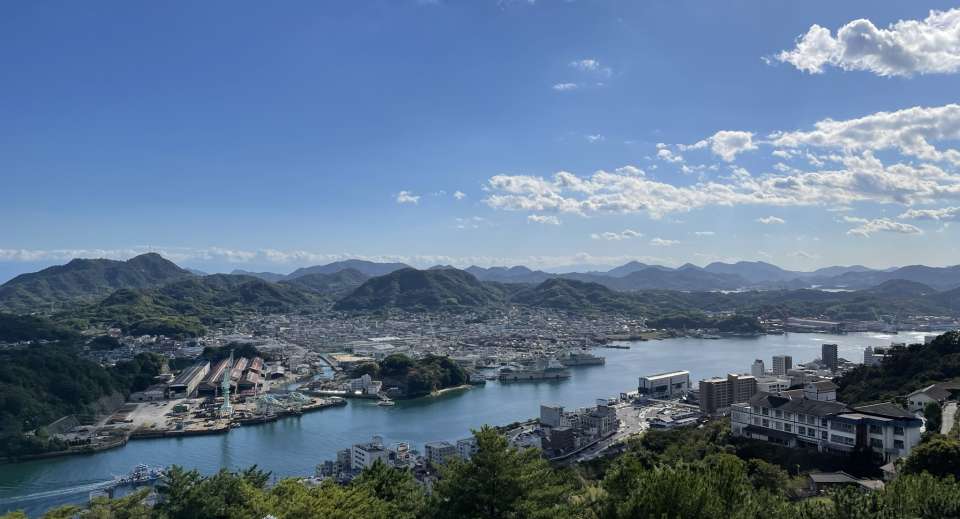
6. Spirited Away (Dogo Onsen, Ehime Prefecture)
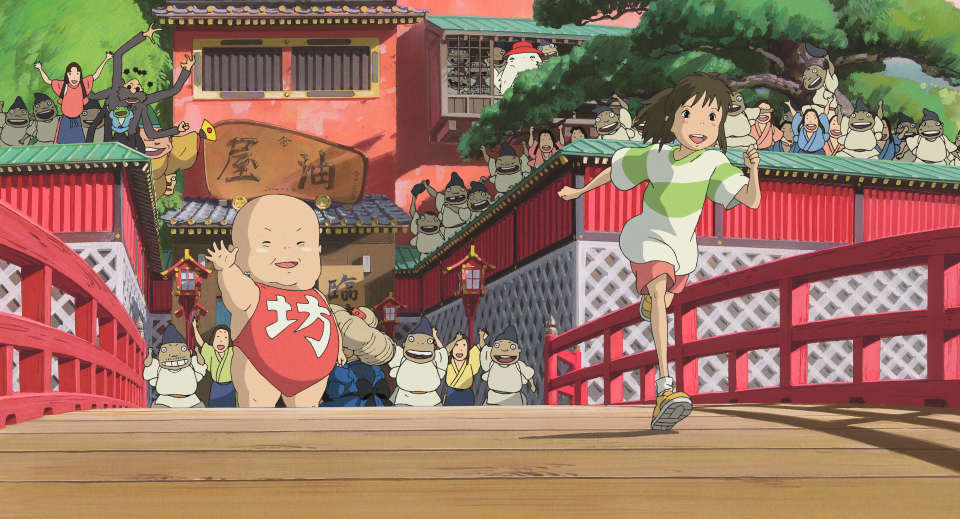
In what is perhaps the best-known Studio Ghibli movie, 10-year-old Chihiro accidentally enters into another world, where she is forced to work at a large bathhouse where thousands of spirits come to refresh themselves. Dogo Onsen in Ehime Prefecture, believed to be one of the inspirations for the setting, is the oldest hot spring in Japan, boasting a 3000-year history. In this onsen town, guests can visit public bathhouses and stroll the streets in cotton yukata robes while staying at a ryokan (a traditional Japanese inn). Shimonada station, a small unmanned station by the coast of western Ehime, may remind the fans of the scene where Chihiro takes a train to visit Zeniba.
*The main public bathhouse, Dogo Onsen Honkan is currently partially closed for the conservation and repair work.
How to get there: Flights to Matsuyama Airport take about 1.5 hours from Haneda Airport, or 50 minutes from Osaka Itami Airport. An Airport Limousine Bus connects the airport and Dogo Onsen in about 40 minutes. If you are arriving from JR Matsuyama Station, you can reach Dogo Onsen by tram in about 30 minutes.

7. Princess Mononoke (Yakushima, Kagoshima Prefecture)
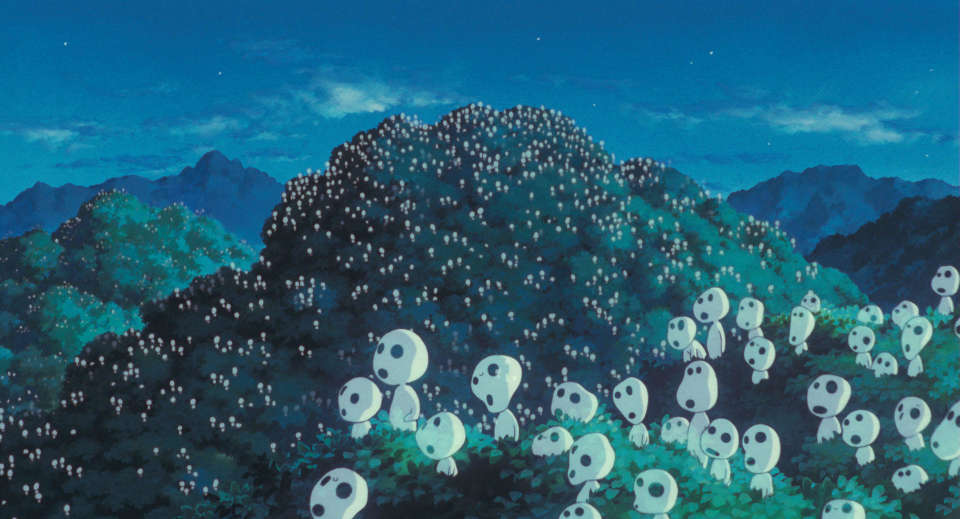
The story of Princess Mononoke takes place in and around a sacred forest full of animal gods, which Ashitaka, the last Emishi prince, must prevent from being destroyed. The island of Yakushima in Kagoshima Prefecture that helped inspire this masterpiece’s setting, is home to some of the best natural wonders in Japan. Registered as a UNESCO World Heritage site in 1993, Yakushima has remained relatively untouched. The island is covered with lush green forests, where it feels as though you might encounter one of the Kodama spirits from the movie. Hiking through the forest, you can find Yakusugi (ancient cedar trees) that are over 1,000 years old, as well as numerous spectacular waterfalls. Surrounded by ocean, Yakushima is a haven for marine activities and wildlife. Nagata Inakahama Beach is a nesting site for loggerhead sea turtles which come to lay eggs from May to July.
How to get there: There are direct flights from Osaka Itami Airport, Fukuoka, and Kagoshima. It takes about 2 hours from Osaka. From Haneda Airport, you can transfer at Kagoshima Airport or take a speed ferry (about 2 hours). Regular ferries take longer time.
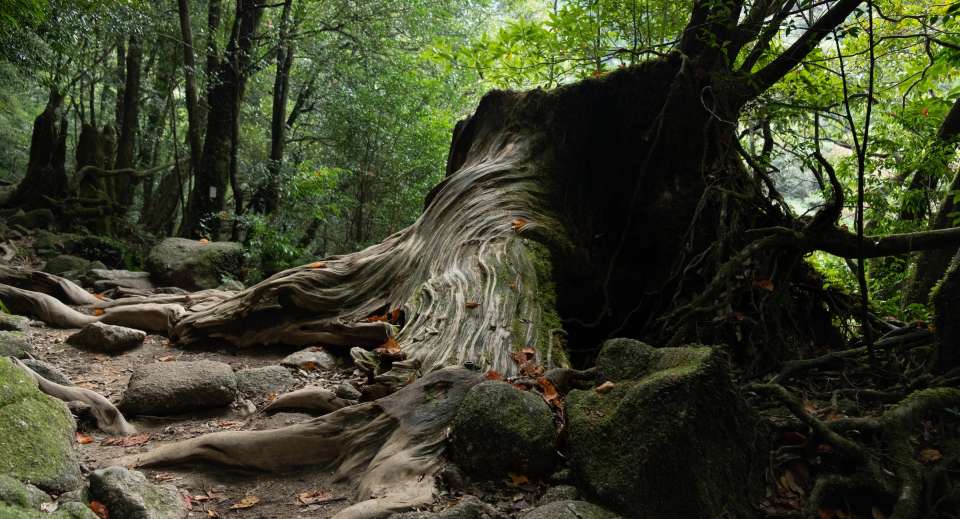
While there are still other great locations that could not be featured, these are our “7 Real-life Locations in Japan that Inspired Ghibli Films”. We hope you get to visit these locations one day.
*All the Ghibli movies above and others (about 20 movies!) are currently available on Netflix Canada.


















































